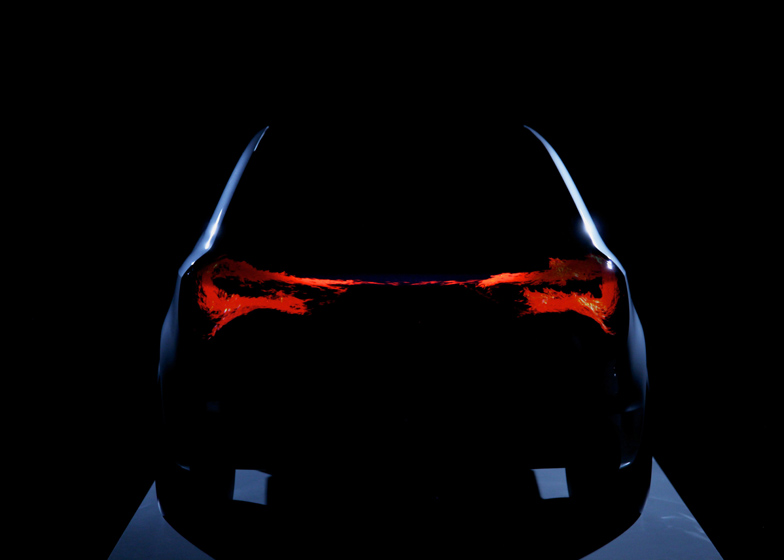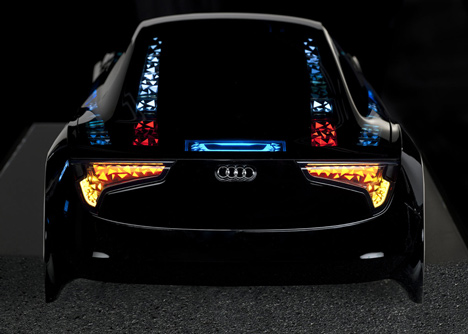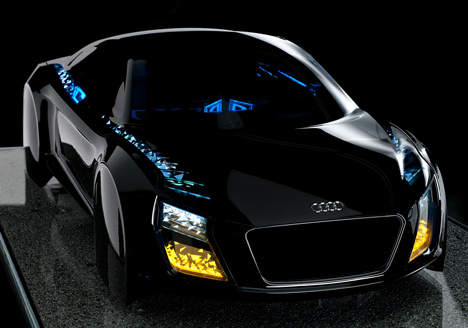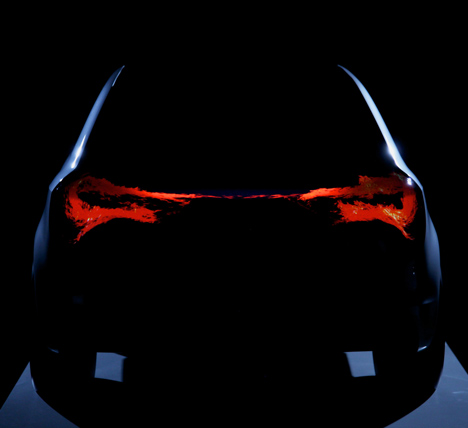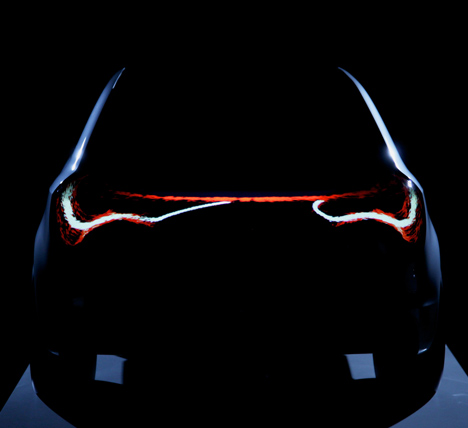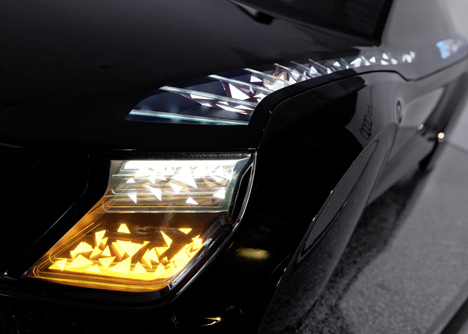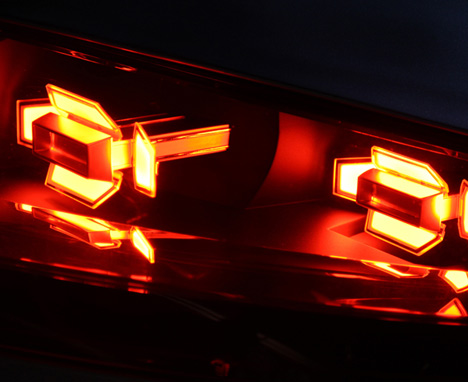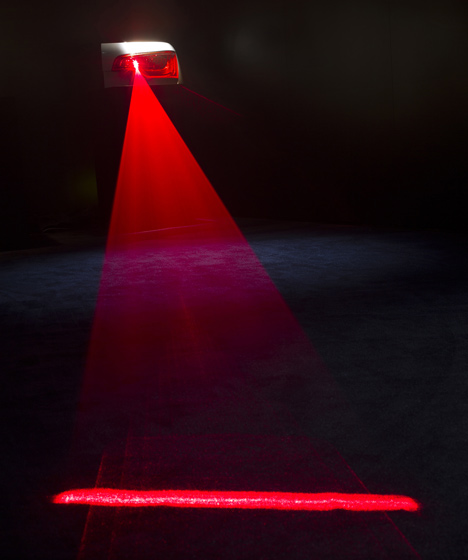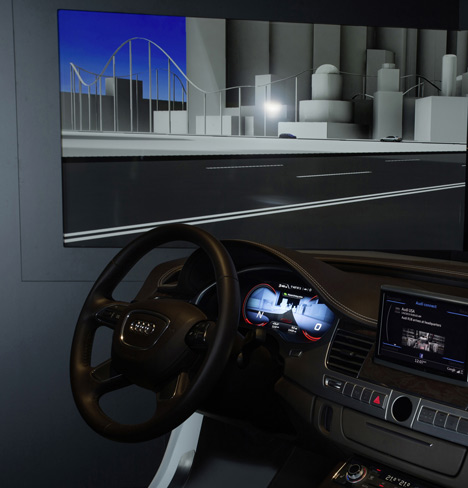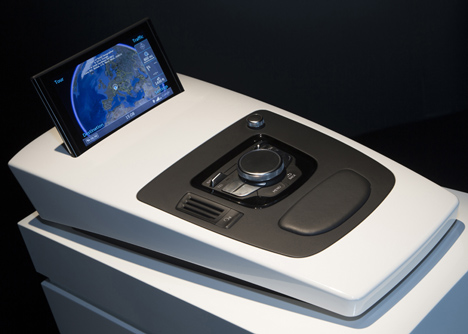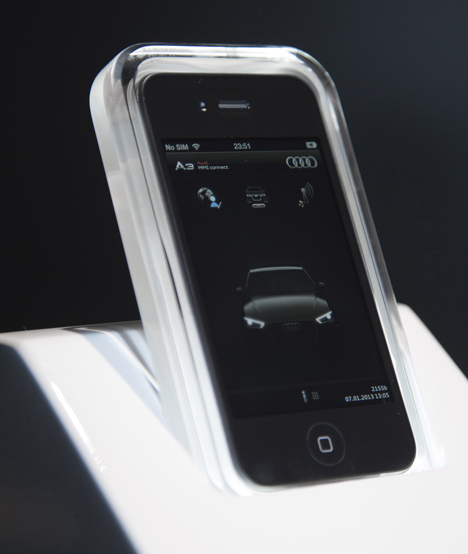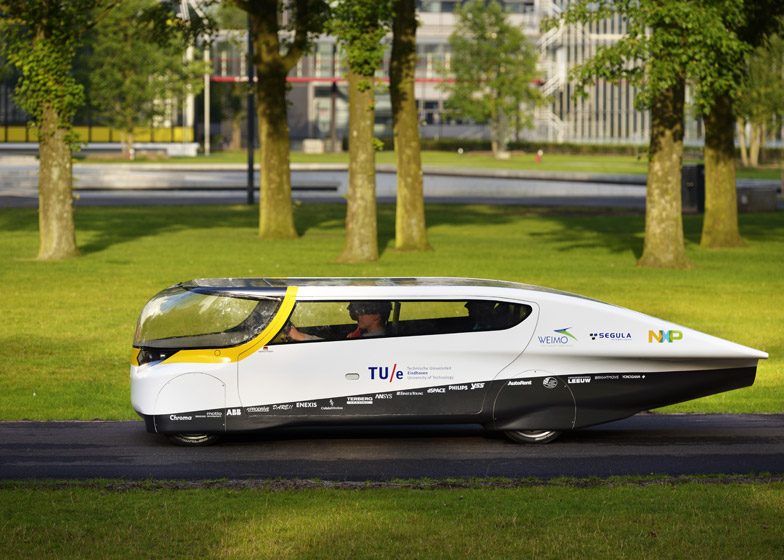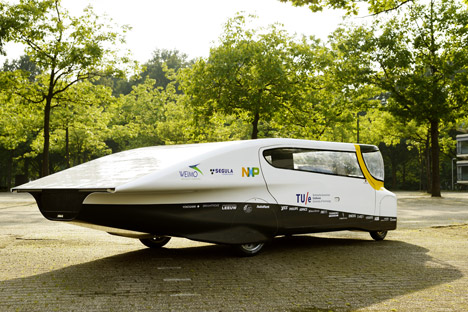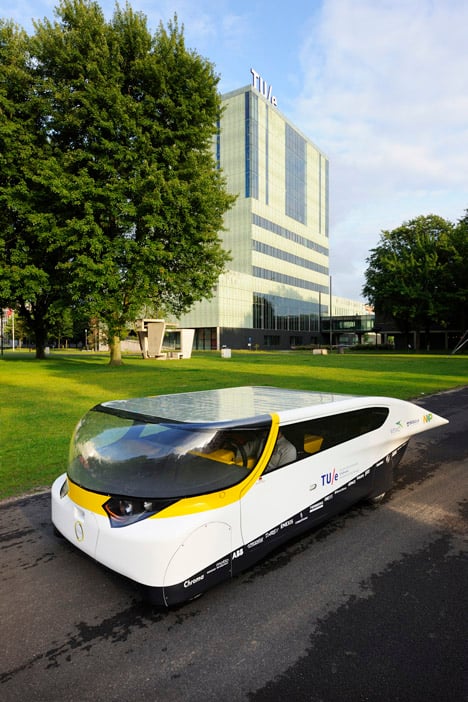
An AmazonFresh deliveryman scans my bags to confirm their arrival.
In 1999, an online grocery-shipping company caught my attention. As a kid who had absolutely no say in what made the pantry cut, I shouldn't have cared so much. But the idea of summoning a pile of food through a few mouse clicks was simply magical.
My plan to get Mom onboard -- hours of adding items to a virtual grocery cart to await her quick credit card swipe -- didn't quite pay off, however; online grocers never made it into her circle of Internet trust. Besides, she said, "it's too expensive." WebVan came and went, and we continued visiting the local supermarket for our weekly food stock.
But Friday, my 14-year-old dream came true. Five years after Amazon launched AmazonFresh in its hometown of Seattle, the service arrived in San Francisco. Without thinking twice, I signed up for the free 90-day trial and began adding my usual items to a virtual grocery cart.
Here's how it works: If you place an order by 10 a.m., groceries will arrive "by dinner," while orders placed later in the day will arrive as early as the following morning. For some ZIP codes, you'll have to be present during a one-hour window to pick up your food, while other areas allow for drop-off delivery. If your order is over $35, delivery is free (but don't forget to tip your driver.)
The catch is that after the free 90-day trial, AmazonFresh will set you back $300 per year, which also includes Amazon's regular Prime membership.
CNET's San Francisco office is nestled in one of the few ZIP codes covered by Fresh, and is also close to a Safeway, a popular supermarket chain mostly found in the western and central states. And me? I'm your typical Bay Area grocery shopper who shops once weekly, likes dollar-off coupons, and tries to shop in season.
Not scientific, but the variables were good enough to run a test that compared price, quality, and shopping experience.
Mom's complaint was always that online groceries and associated fees were more expensive than Safeway's prices, so I was surprised and happy to find that when it came to individual items, AmazonFresh is very competitive.
| Item | AmazonFresh | Safeway | Notes |
|---|---|---|---|
| Skirt steak (1 pound) | $8.99 | $6.05 | n/a |
| Frozen spinach | $1.28 | $1.19 | n/a |
| Clover 2 percent milk | $3.99 | $4.19 | n/a |
| Honeycrisp apple | $1.49 | $1.26 | n/a |
| Organic eggs | $3.99 | $4.99 | n/a |
| Bananas | $1.49 | $2.18 | n/a |
| Cilantro | $0.99 | $0.50 | n/a |
| Organic baby carrots | $1.49 | $1.99 | n/a |
| Baked beans | $2.99 | $2.99 | n/a |
| 2 Hass avocados | $2.50 | $2.50 | n/a |
| Shredded mozzarella | $2.69 | $3.99 | BOGO deal |
| Delivery tip | 4 | n/a | n/a |
| n/a | 35.89 | 31.84 | n/a |
For example, the eggs on Fresh were $3.99, compared with $4.99 at Safeway. Cilantro was 50 cents cheaper at Safeway, but baby carrots were 50 cents cheaper on Fresh.
Still, I had to make sure any instances of lower prices weren't a fluke. I asked for comment and it turns out that "[Amazon keeps its] prices on grocery items in line with what you'd find at your local supermarket." The prices I paid, though, are only true for San Francisco. Though all customers see the same prices in an entire metro area, prices will vary from city to city.
So the two sellers are essentially even, but there's a big, huge $300 elephant in the room -- Amazon's annual fee.
To find out if AmazonFresh's annual fee is worth it, I had to do a little math. For starters, I already pay $60 yearly for Prime membership, which brings the actual cost of Fresh (for me) down to $240. Then, I calculated my annual gas expense using this handy calculator: $7.78.
On average, the time-honored American tradition of getting in the car and heading to a supermarket (maybe two for picky shoppers), adds up to about 44 minutes per trip, according to the USDA, not including time spent traveling or planning. It involves traveling no more than 5 miles, and spending an average of $116.52 weekly, according to the Food Marketing Institute.
For me, shopping at AmazonFresh doesn't quite break even after gas and the included Prime membership, but if time is money (more on that later), AmazonFresh might be worth that extra $232.22 per year.

Shopping in-store allowed me to check produce items before adding them to my cart. (Click to enlarge.)
But there's more to consider here than price.
Quality
Over the years, I've discovered little tricks for ensuring that a fruit or vegetable is just right. I like tomatoes on the firm side, while avocados should give just a little. As for oranges, the heaviest ones are always the juiciest.
Over the years, I've discovered little tricks for ensuring that a fruit or vegetable is just right. I like tomatoes on the firm side, while avocados should give just a little. As for oranges, the heaviest ones are always the juiciest.
Putting trust into the hands of robots and employees who aren't necessarily as observant isn't easy. While Amazon does let you choose between "ripe" and "not ripe" avocados, everything else is a gamble.
At Safeway, I followed my usual routine, checking produce for ripeness and quality. There was even a nice employee unpacking bananas who let me choose from his new selection. Freedom to choose was all mine, and chatting with fellow humans didn't hurt, either.
In the end, my skepticism about online produce was reinforced by the sad, inedible "ripe" avocado I received via Fresh. Several of the vine tomatoes were also too mushy for my liking, echoing the worry I had upon ordering produce online.
Though Amazon will refund unsatisfactory orders, replacing those items would require me to wait until the next day's delivery, or head to the local store and choose them for myself.
Selection
The variety of local, national, and international grocery items on Fresh is astonishing. A search for tomatoes returns pages of options -- canned, fresh, Roma, vine, organic, Hot House, you name it.
The variety of local, national, and international grocery items on Fresh is astonishing. A search for tomatoes returns pages of options -- canned, fresh, Roma, vine, organic, Hot House, you name it.

Left: Safeway. Right: AmazonFresh.
(Credit: Josh Miller/CNET)
There's also an abundant selection of local meats, baked goods, cheese, and even restaurant items that vary by city. Things like fresh, local bread can be ordered with a click.
Sometimes, items (like Clover Organic Milk) are labeled "Out of Stock" without any information about when they'll become available. This seems to happen most with local items, but those are often available on the following delivery day.
Safeway, on the other hand, had everything on the list. The selection of tomatoes and other produce wasn't as plentiful, but the run-of-the-mill essentials I needed were there.
Shopping experience
I'll admit it: I love grocery shopping. But not everyone gets as energized as I do about an activity that consumes nearly an hour weekly (and a whole lot more around the holidays), not including travel time.
I'll admit it: I love grocery shopping. But not everyone gets as energized as I do about an activity that consumes nearly an hour weekly (and a whole lot more around the holidays), not including travel time.
 (Credit: Josh Miller/CNET)
(Credit: Josh Miller/CNET)
AmazonFresh is fantastic for those who want grocery shopping to be a quick sport. After choosing a delivery time and date, the shopping begins. Searching for grocery items is just like shopping on Amazon, user reviews and all. The browser panels are kind of confusing, and search terms can't be too specific, but I found the items I needed in a snap.
Upon checkout, I was asked to include a tip (with a suggested amount) before confirming the order. Total time: 20 minutes flat.
At 11 a.m. the next day, I went downstairs to my office lobby and waited patiently for my delivery, which was slated to arrive within the hour. As I waited, I found myself wishing Amazon had some sort of delivery-tracking system, or a 10-minute warning via text message.
Finally, at 11:41 a.m., a big green truck rolled up, and out came three large, reusable grocery bags. The bags, each with their own QR code, were scanned with the deliveryman's smartphone, and the groceries were mine.

Shopping at Safeway after the Fresh experience amplified the differences between online and in-person shopping. Though I had a shopping list and plan of attack, it took me longer to find the items I needed. At one point, I found myself evaluating and squeezing a pile of tomatoes before realizing they were organic, and not the "regular" ones I needed. D'oh.
Picking up a skirt steak wasn't easy, either. After several minutes of searching for it at the unattended meat counter, I stalked an employee, who then called another employee, who finally came to my rescue. By that time, 10 minutes later, I had, of course, found what I was looking for.
Despite the obstacles, I simply enjoyed shopping in-store. I was surprised to find a buy-one-get-one offer on the shredded cheese, and I had a happy conversation with the woman at the checkstand -- there's an element of spontaneity with an in-person experience that one simply doesn't get online.
With travel and time spent shopping, getting my groceries at Safeway did set me back nearly an hour, with 41 minutes spent in the store. If time is money, brick-and-mortar grocery shopping is three times the cost.
Of course, Amazon isn't the first company to tackle online groceries after WebVan's epic $1.1 billion failure. FreshDirect's name is already synonymous with online groceries in the New York metropolitan area, shipping pantry and perishable items to hungry doorsteps. After launching in Roosevelt Island in 2002, the company spent the next 10 years expanding to Manhattan, Staten Island, Brooklyn, Queens, and the Bronx, and now serves most New York City addresses.
Amazon's approach was similar. The company first launched AmazonFresh in its hometown of Seattle, targeting only the densely populated ZIP codes for maximum efficiency and profit. It was only five years later, in June 2013, that its Fresh service made its way to Los Angeles' most concentrated neighborhoods.
Now that it's available to arguably one of the more suitable populations on the map, San Francisco, I'll eagerly await AmazonFresh's expansion across the bridge to the East Bay, where I can have groceries delivered to my home -- at least on those occasions when I'm not planning to feed 20 with fresh vegetable stir-fry.







